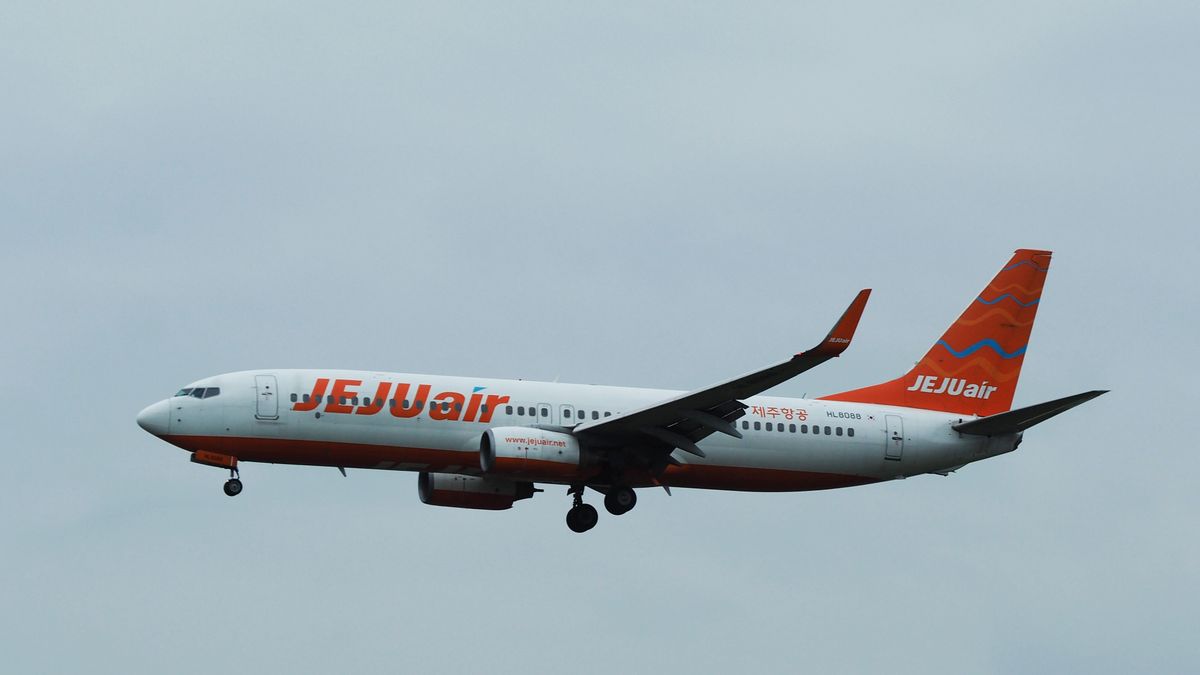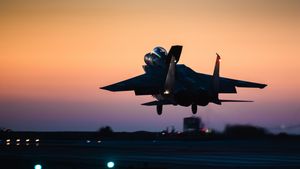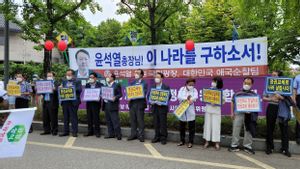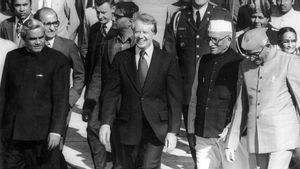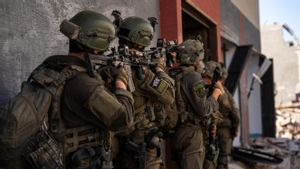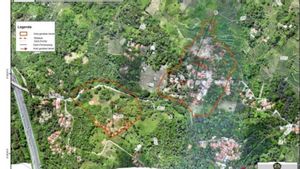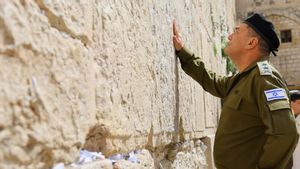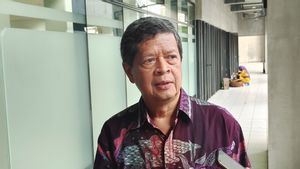JAKARTA - Parts of the Boeing 737 operational clue book were found to be muddy and appeared to be torn due to the rush at the Jeju Air accident site, which the expert judged showed the pilot's attempt to make an emergency landing.
According to MBN cable TV on Thursday, several pages of the Boeing 737 operational clue book, which detailed various technical metrics for the aircraft, were found among the ruins.
The manual, also known as the Quick Reference Handbook (QRH), is a 2,000-page manual that contains emergency response procedures. The manual is usually stored in the cockpit, with one copy for each captain and co-pilot.
The pages found again include details about the minimum power needed for Boeing 737-800 to glide with an open landing gear, as well as procedures for emergency landing in water, quoted from The Korea Times January 3.
Meanwhile, experts argue that torn pages show pilot break-up efforts to deal with emergencies.
Aviation operations professor at Silla Koh Seung-hee University said, "It may have ordered the co-pilot to check how far they can slide or what action it might take, which prompted them to refer to the manual."
Meanwhile, Professor Kim Kwang-il of Silla University said, "In such an urgent situation, they can't open the entire manual, so they may just tear up the pages needed to make decisions quickly."
Separately, the Ministry of Land, Infrastructure and Transport has begun analyzing the cockpit sound recorder (CVR) to determine the cause of the crash, after converting its audio files for review.
As previously reported, the Boeing 737-800 aircraft belonging to Jeju Air airline with flight number 7C2216 and registration HL8088 from Suvarnabhumi International Airport, Thailand had a fatal accident while landing at Muan International Airport, South Korea on December 29.
The plane carrying 175 passengers and six crew members on the flight turned into fireball after making an emergency landing and hitting the wall. Only two crew members survived the incident.
Aviation experts on Tuesday highlighted the need to revise airport safety rules regulations, including those related to the runway safety zone, as the spotlight points to a concrete structure near the runway that may exacerbate the severity of casualties in the Jeju Air crash.
SEE ALSO:
The existence of a concrete structure is also material for the investigation of the tragedy investigator to find the cause of the accident, in addition to possible bird strikes.
South Korean authorities (South Korea) are investigating a number of possible causes of the deadly Jeju Air accident, including examining bird strikes and the presence of airport embankments, when the investigation process was increased on Tuesday.
The plane hit the embankment at high speed and exploded into a fireball. The bodies and body parts scattered into the surrounding fields and most of the planes were destroyed in the flames.
The English, Chinese, Japanese, Arabic, and French versions are automatically generated by the AI. So there may still be inaccuracies in translating, please always see Indonesian as our main language. (system supported by DigitalSiber.id)
